April 22, 2025
Discover the Sacred Maha Shakti Peeth in India: A Journey Through Divine Power
CM Content Team
India, the land of spirituality, is home to powerful divine centres known as the Shakti Peeth. These sacred temples are dedicated to Maa Shakti, the supreme goddess, believed to reside in various forms. Among them, the Maha Shakti Peeth are the most revered—18 sacred sites where parts of Goddess Sati’s body are said to have fallen, forming the holy 18 Shakti Peethas list.
Each Shakti Peeth is blessed with divine energy and guarded by Lord Shiva in the form of Bhairava. Devotees believe that visiting these sites brings peace, strength, and blessings. Spread across India and beyond, these temples offer a soul-stirring experience, making a pilgrimage to any Maha Shakti Peeth a journey of deep faith and spiritual awakening.
If you are planning to undertake this spiritual journey, comfort and rest are equally important. Club Mahindra resorts, located near many of these Shakti Peeths, offer a serene and culturally rich stay, helping you rejuvenate and prepare for your divine darshan. From resorts in Himachal Pradesh to resorts in Karnataka, you’ll find Club Mahindra resorts near Shakti Peeths throughout India.
The origin of the Shakti Peeth in India lies in one of the most moving and powerful stories from Hindu mythology—the tale of Goddess Sati and Lord Shiva. It is a story of love, sacrifice, divine rage, and cosmic balance. It is from this sacred event that the Maha Shakti Peeth came into existence.
According to ancient Hindu scriptures, Goddess Sati, the beloved daughter of King Daksha, was married to Lord Shiva, the supreme ascetic. Despite Sati’s unwavering devotion to Shiva, her father disapproved of their union. When King Daksha organised a grand yagna (sacrifice), he invited all celestial beings but deliberately excluded Lord Shiva. Deeply hurt by this insult to her husband, Sati attended the yagna in hopes of confronting her father. However, Daksha’s continued disrespect drove her to end her life by leaping into the sacred fire.
Upon learning of Sati's death, Lord Shiva was devastated. Grief-stricken and enraged, he carried her body and performed the fierce Tandava dance, threatening cosmic destruction. To restore order, Lord Vishnu used his Sudarshan Chakra to sever Sati’s body into pieces. These parts fell across the Indian subcontinent, sanctifying the land where they landed. These sacred sites became the revered Shakti Peeth in India. Among them, the most powerful are known as the Maha Shakti Peeth, listed in the 18 Shakti Peethas list.
Each Shakti Peeth represents a body part of Sati and is protected by Bhairava. Pilgrims believe that visiting even one Maha Shakti Peeth can bring divine blessings, spiritual peace, and liberation from suffering.
As we continue, we will now explore the 18 Shakti Peethas list in detail—each temple’s name, location, the part of Sati’s body that fell there, and the powerful form of Shakti that resides in each sacred place.
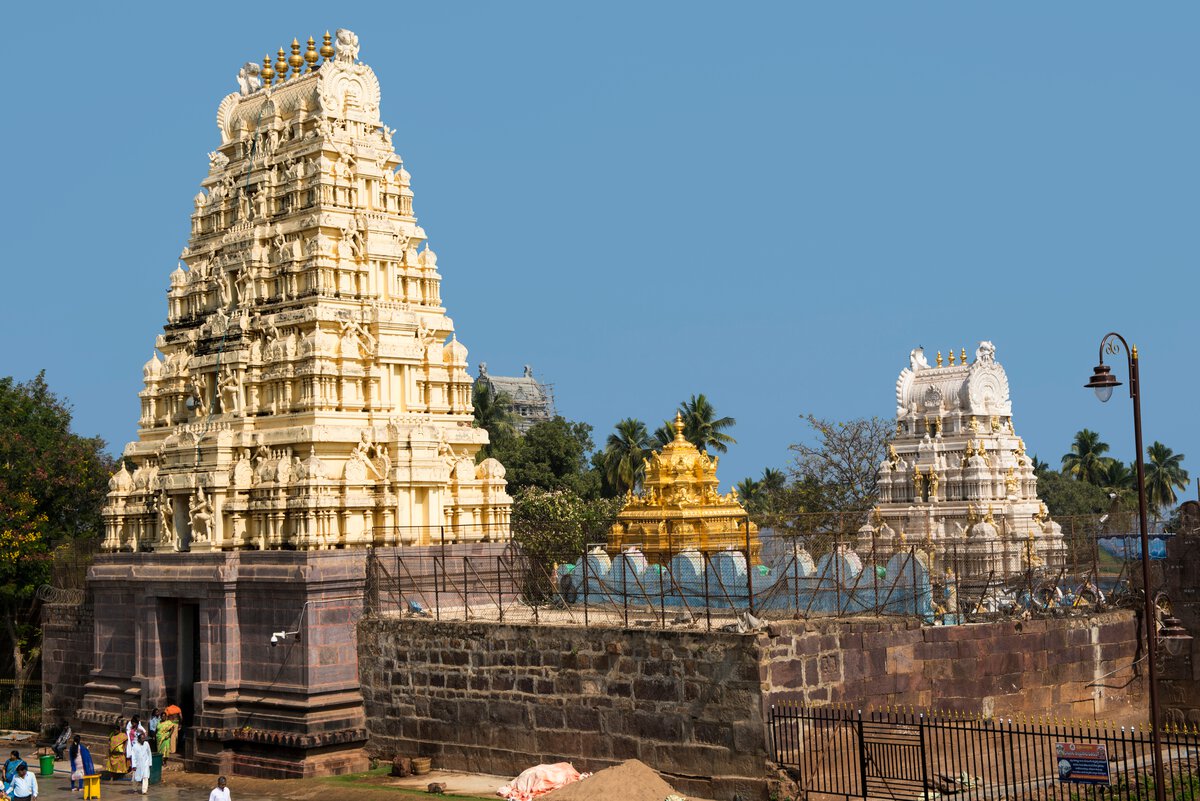
The Bhramaramba Devi Temple is situated inside the Sri Mallikarjuna Swamy Temple complex in Srisailam. It is one of the 18 Maha Shakti Peethas and the only temple in India housing both a Shakti Peetha and a Jyotirlinga. The temple is dedicated to Goddess Sati, worshipped here as the Goddess of Bees. Its unique feature is the presence of both Shiva and Parvati, attracting thousands of pilgrims annually. The temple's spiritual significance lies in its powerful energy and its role in fulfilling devotees' wishes.
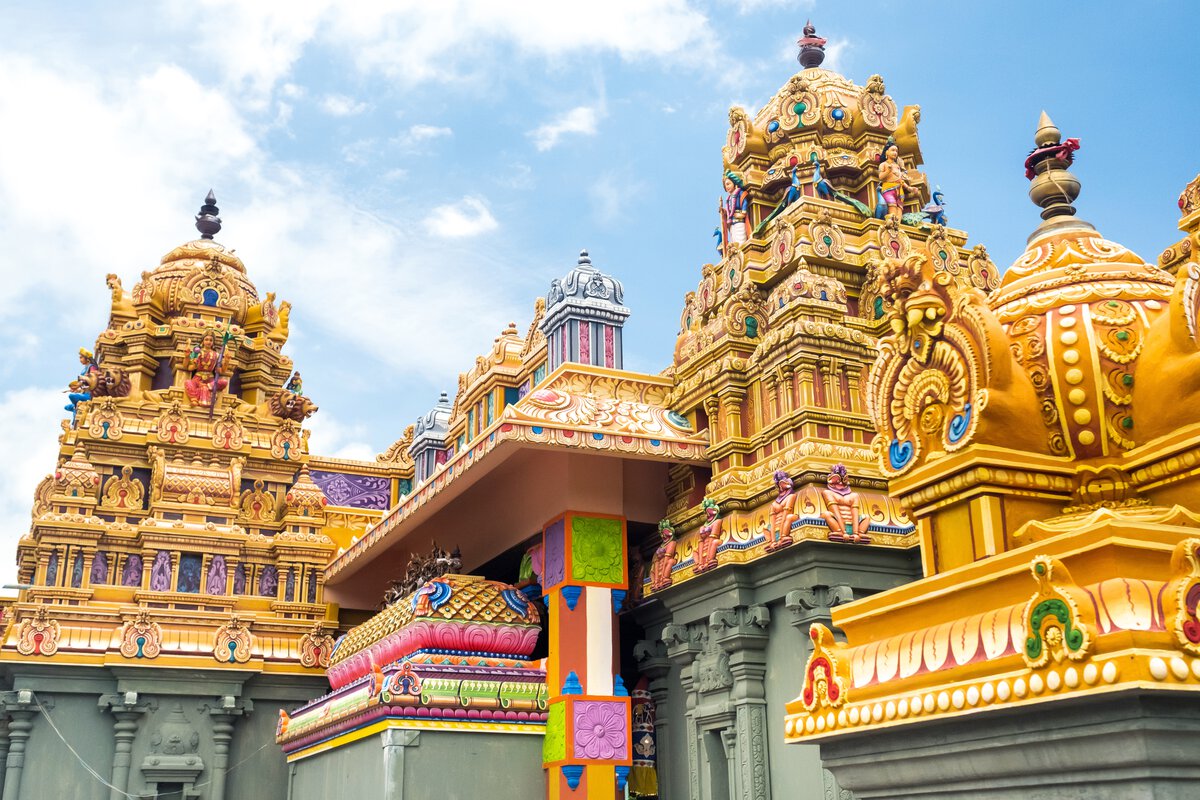
The Sri Kukkuteswara Swamy Temple in Pithapuram is a significant Shakti Peetha dedicated to divine femininity. The temple features a swayambhu lingam of Lord Shiva in the form of a rooster, residing with his consort, Rajarajeswari Devi. The Shakti here is Puruhutika Devi, believed to bestow peace and power. This temple is a blend of Shaivite and Shakti traditions, offering visitors a transformative spiritual experience. Its unique feature is the combination of various architectural styles, reflecting the rich cultural heritage of the region.
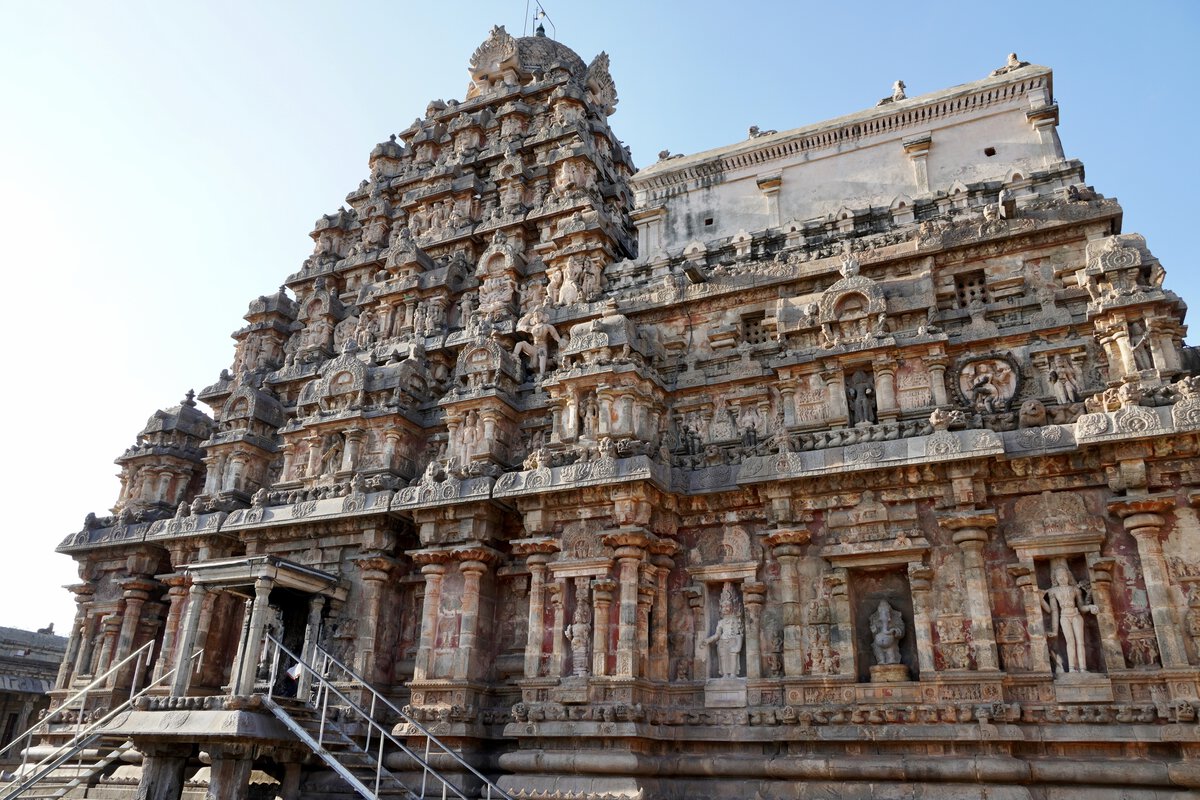
The Manikyamba Devi Temple in Draksharamam is part of the Bhimeswara Swamy Temple complex, one of the Pancharama temples. It's believed that Goddess Sati's left cheek fell here. The temple is situated on the eastern bank of the Godavari River. A unique feature is the presence of a Sri Chakra below the idol of Manikyamba Devi. The goddess faces left, suggesting earlier worship through Vama Marga. The temple complex also houses a Shiva lingam enshrined by Surya, adding to its spiritual significance.
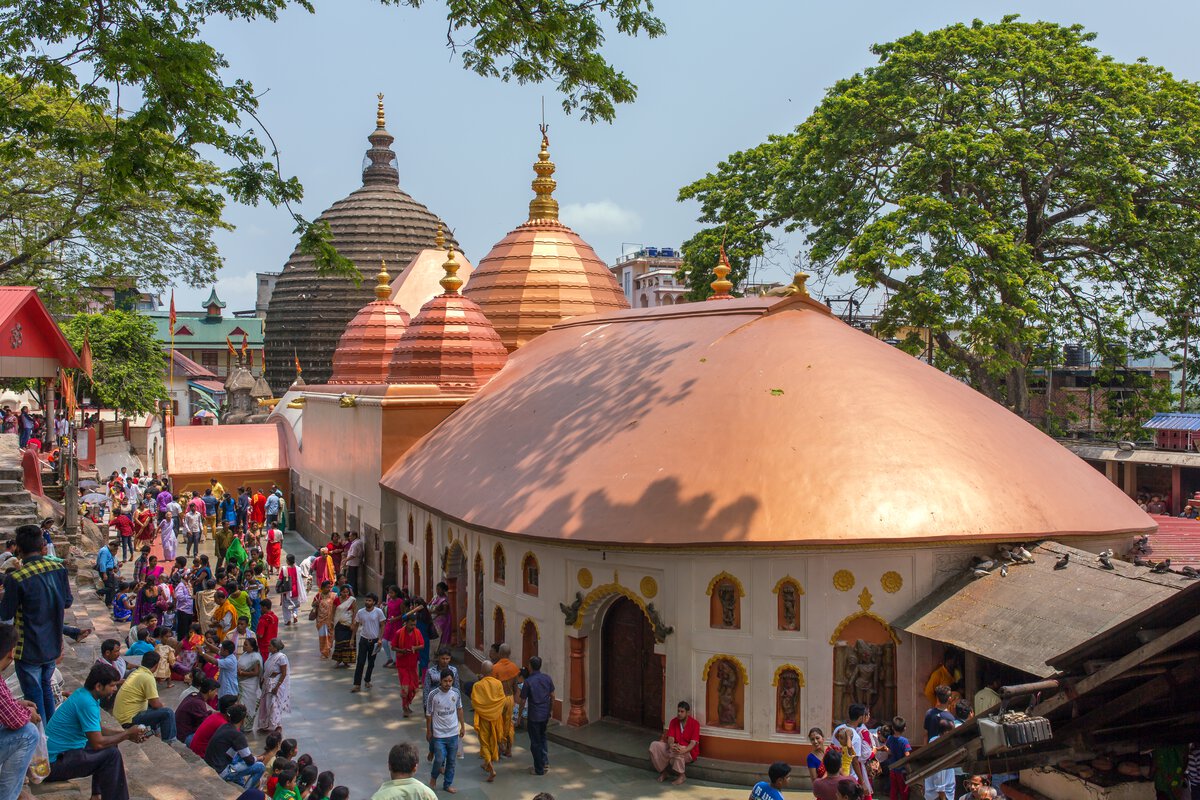
The Kamakhya Temple, located atop Nilachal Hill in Guwahati, is one of the oldest and most revered Shakti Peethas. Dedicated to Goddess Kamakhya, it's a prominent centre of Tantric practices. The temple's unique feature is its natural spring, symbolising the goddess's creative power. Its architecture showcases beautiful carvings, a massive dome, and colourful sculptures. The temple offers panoramic views of the Brahmaputra River and is particularly significant during the annual Ambubachi Mela.
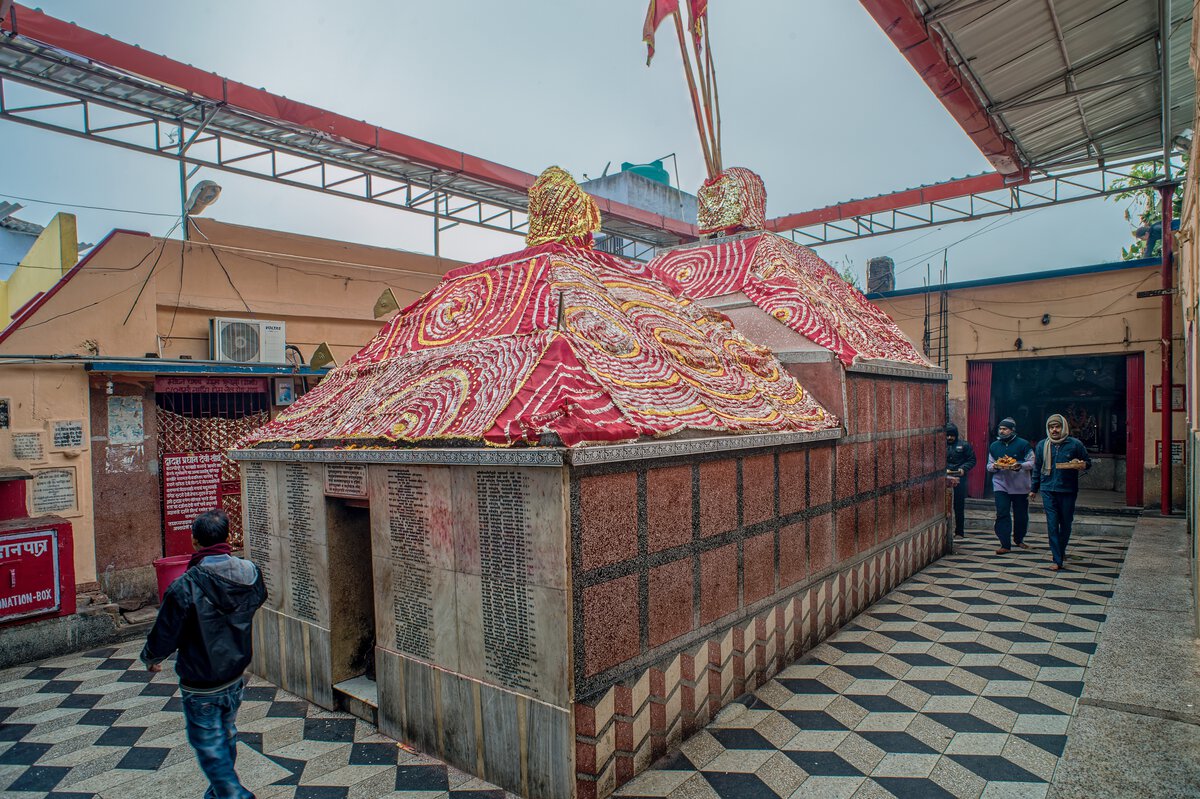
The Mangla Gauri Temple in Gaya is an ancient Shakti Peetha mentioned in various Puranas. Built in the 15th century, it's dedicated to Sati or the Hindu Mother Goddess. The temple faces east and is situated atop Mangalagauri hill. The complex includes shrines to Kali, Ganesha, Hanuman, and Shiva. Its spiritual significance lies in its association with auspiciousness and well-being. The temple's unique feature is its location in a predominantly Vaishnavite pilgrimage centre, making it a symbol of religious harmony.
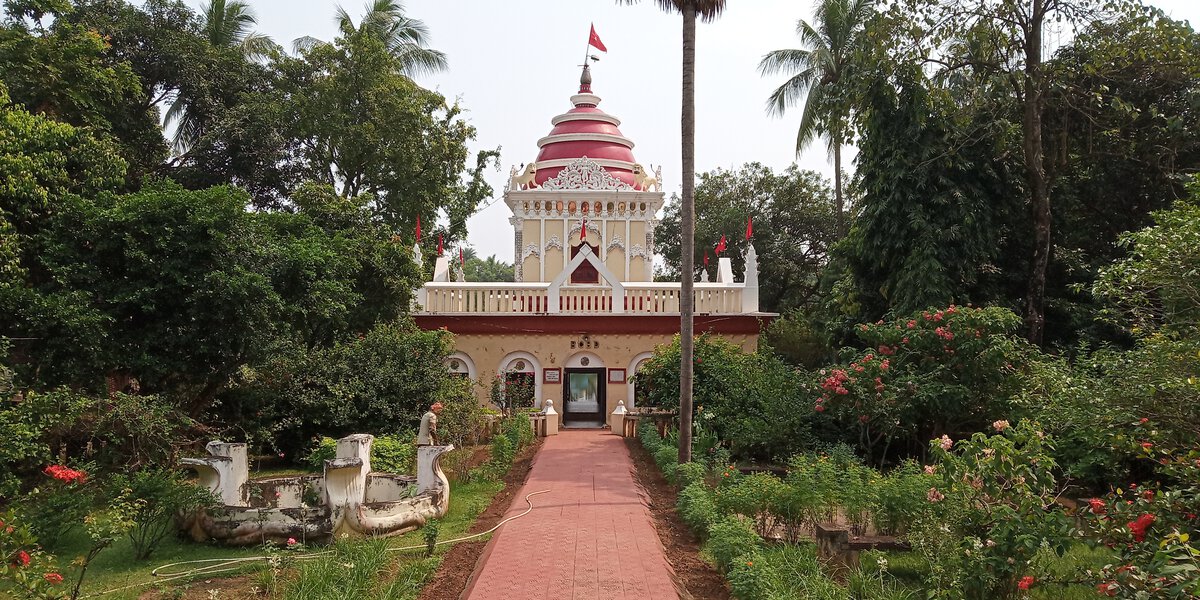
The Jwalamukhi Temple is a renowned Shakti Peetha where Sati's tongue is believed to have fallen. The temple is unique for its eternal flame that burns without any visible fuel source. Goddess Jwalamukhi, considered an incarnation of Adi Parashakti, is worshipped here alongside Unmatta Bhairava. The temple's spiritual significance lies in its association with purification and transformation. Its natural gas flames emerging from the rock add to the mystical aura, attracting devotees seeking blessings for courage and strength.
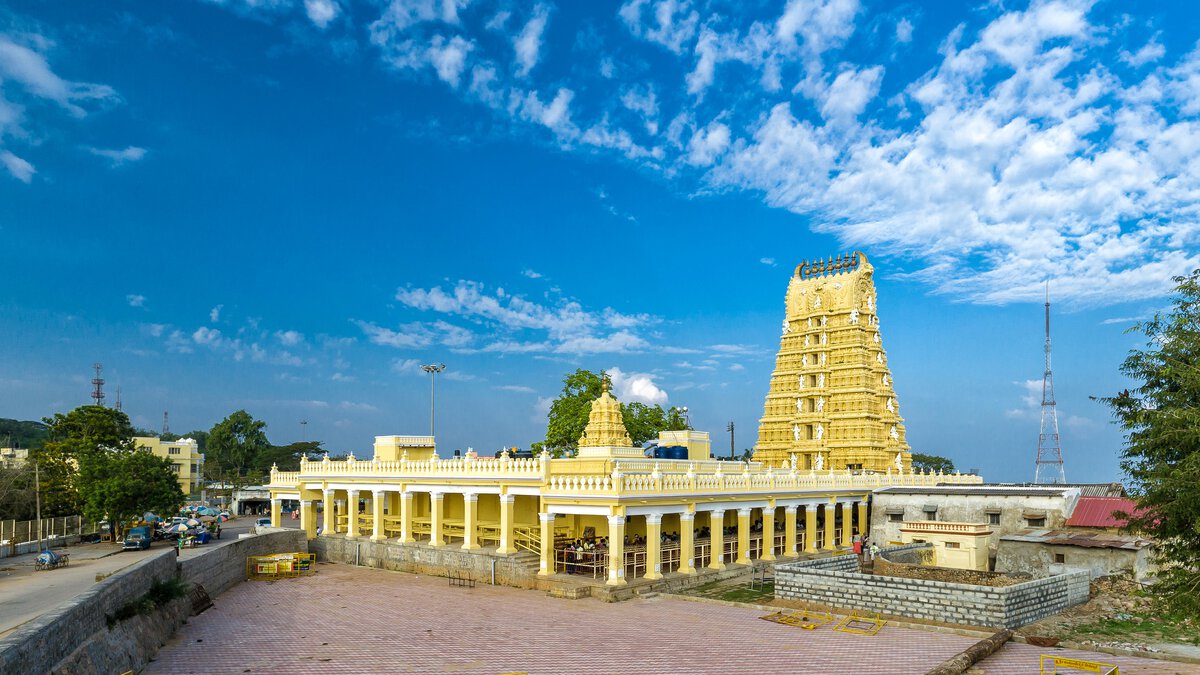
The Chamundeshwari Temple, atop Chamundi Hills, is dedicated to Goddess Chamundeshwari, a fierce form of Shakti. This Shakti Peetha is known for its panoramic views and spiritual aura. The temple's unique feature is the 1000-step climb to reach it. Legend associates this site with the slaying of the demon Mahishasura by the goddess. The temple holds great significance in Mysore's history and culture, with the annual Dasara festival being a grand celebration of the goddess's victory over evil.
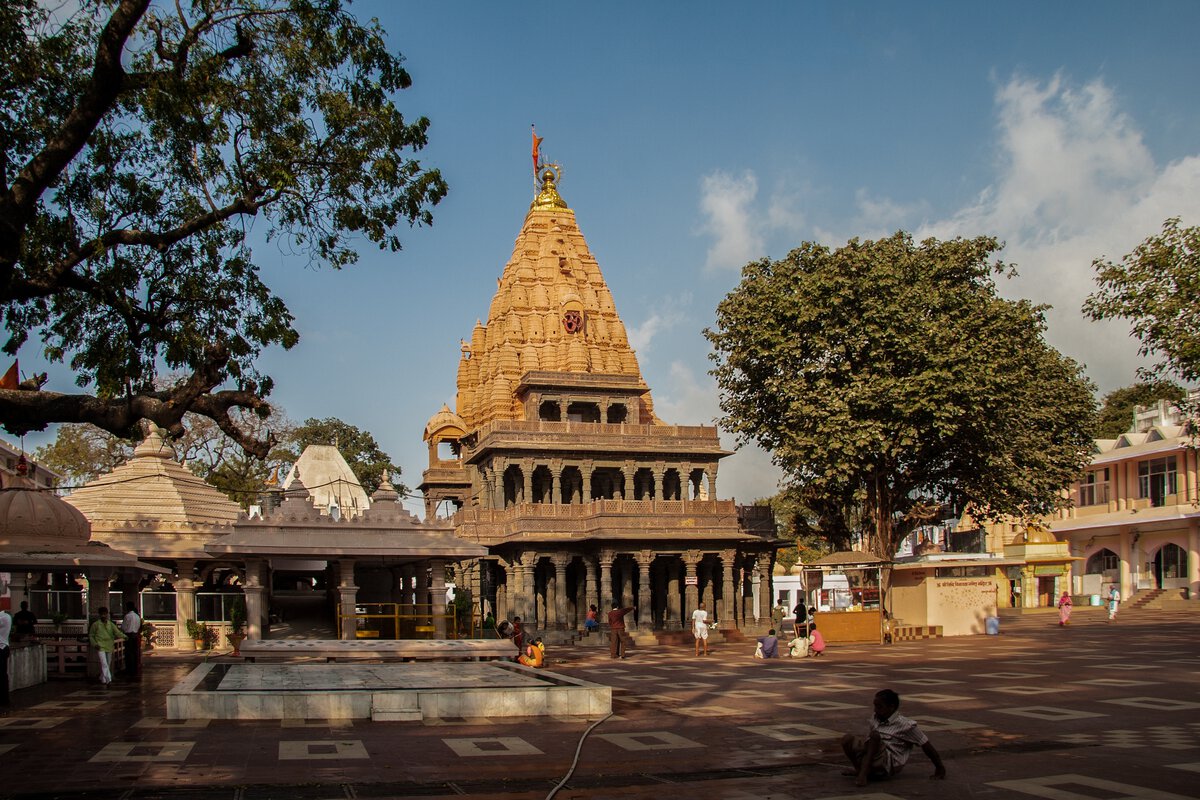
The Mahakaleswar Temple, one of the 12 Jyotirlingas, is dedicated to Lord Shiva in his form as Mahakala. The temple's history spans over two millennia, with numerous renovations reflecting various dynasties' influences. Its unique feature is the Bhasm-Aarti, a special ritual performed using holy ash. The temple houses a Swayambhu (self-manifested) lingam facing south, which is rare. Legend associates the temple with King Chandrasen and Raja Vikramaditya. The spiritual significance lies in its power to grant protection and fulfil devotees' wishes. During festivals like Mahashivratri, the temple comes alive with vibrant celebrations.
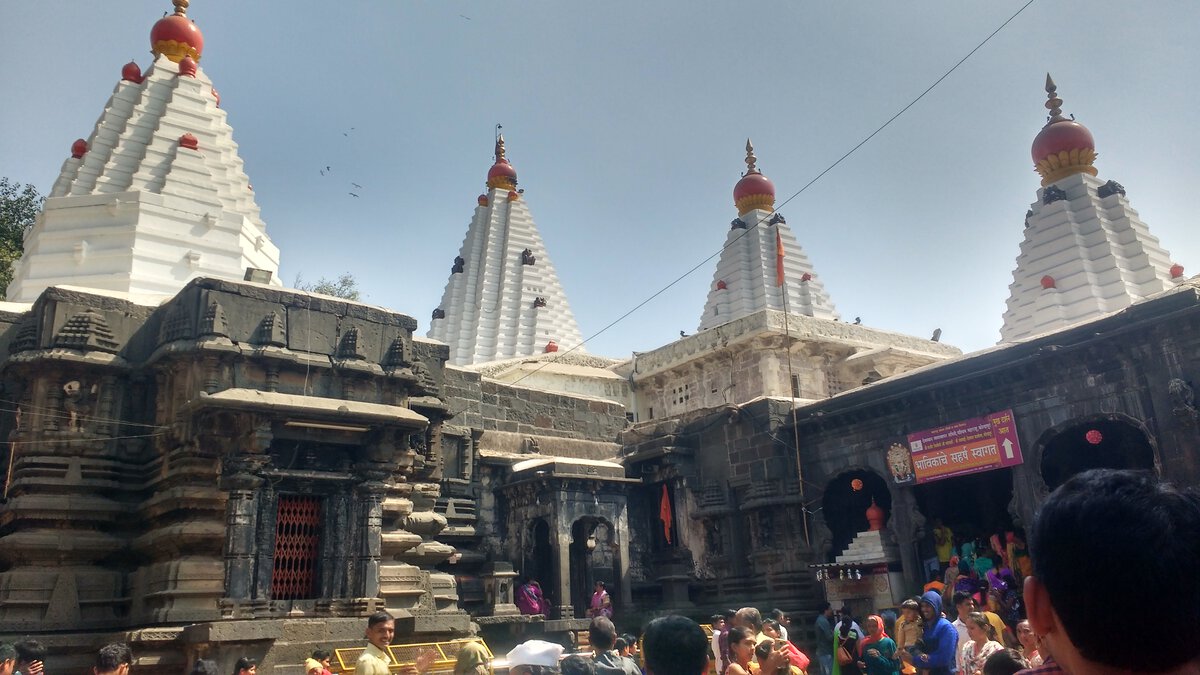
The Mahalakshmi Temple, dedicated to Goddess Mahalakshmi, is a major pilgrimage centre in Maharashtra. This Shakti Peetha is associated with prosperity and abundance. The temple's unique feature is its exquisite stone carvings and the diamond-studded crown of the goddess. Legend connects this site to the slaying of demons Karanja and Simhika. The temple holds great spiritual significance, with devotees seeking blessings for wealth and success. The annual Navratri celebration is a grand spectacle here.
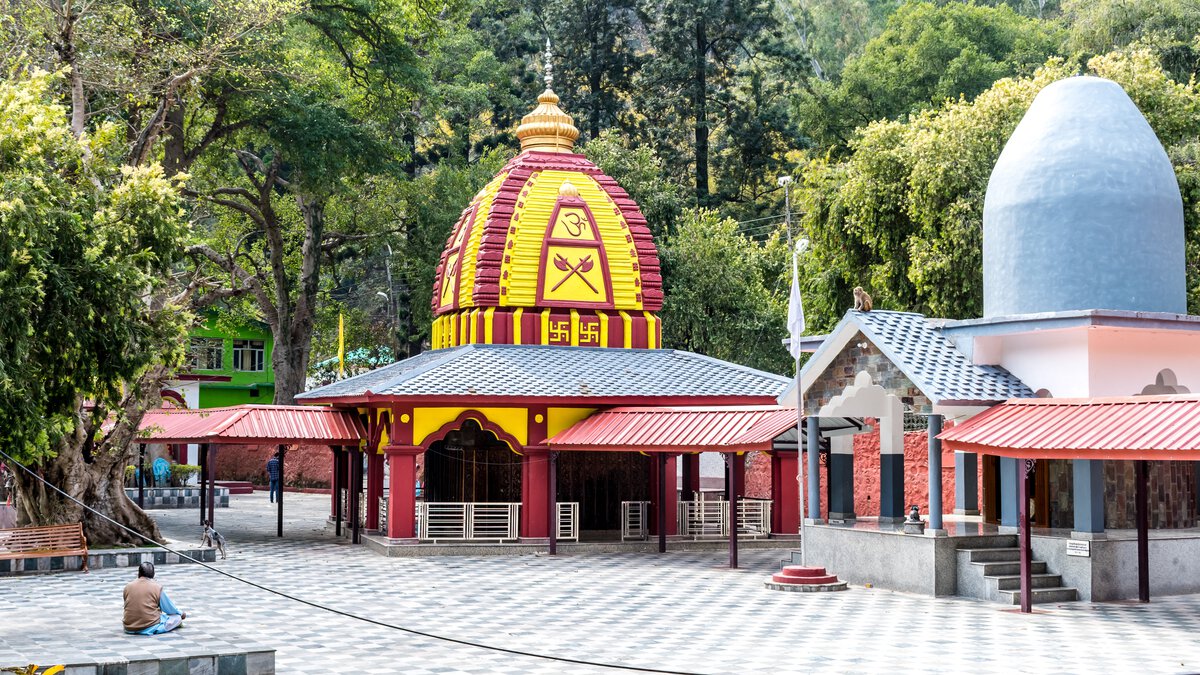
The Renuka Temple, also known as Mahurgad Devi Temple, is an ancient shrine about 800 years old. Built in the 13th century by Yadava, the king of Devagiri, it showcases Chalukya and Rashtrakuta architectural styles. The temple's unique feature is its sanctum, where Goddess Renuka is worshipped in a swayambhu form, with only her head visible. Legend connects the temple to the story of Renuka Devi, wife of sage Jamadagni and mother of Parashurama. The temple complex includes idols of Parashurama and a Shiva linga representing the sage Jamadagni. Its spiritual significance lies in granting protection and fulfilling devotees' wishes.
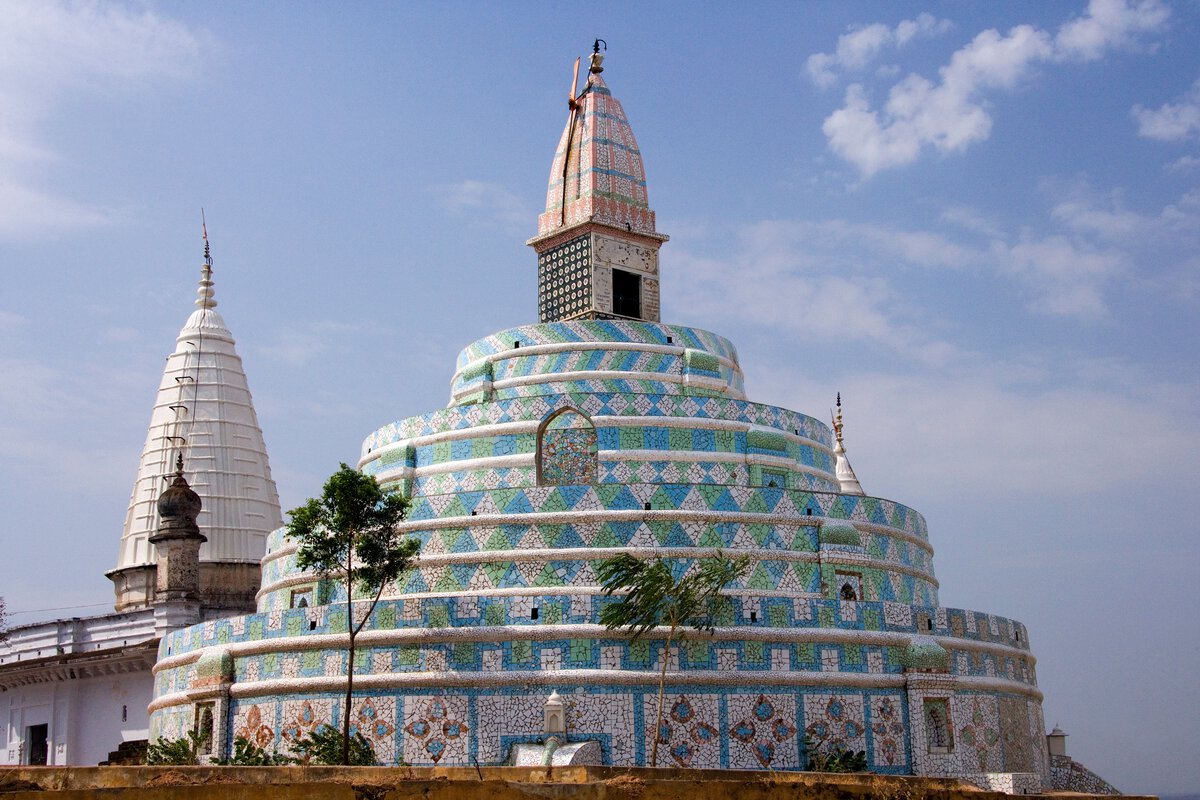
The Biraja Devi Temple, dedicated to Goddess Biraja, is a significant Shakti Peetha in Odisha. The goddess represents purity and transformation. This temple is known for its unique architecture, blending Kalinga and Odisha styles. The spiritual significance lies in its power to cleanse sins and grant moksha. Legend says that the temple site was chosen by the goddess herself. The annual Dasahara festival is a major attraction, drawing thousands of devotees to witness the goddess in her various forms.
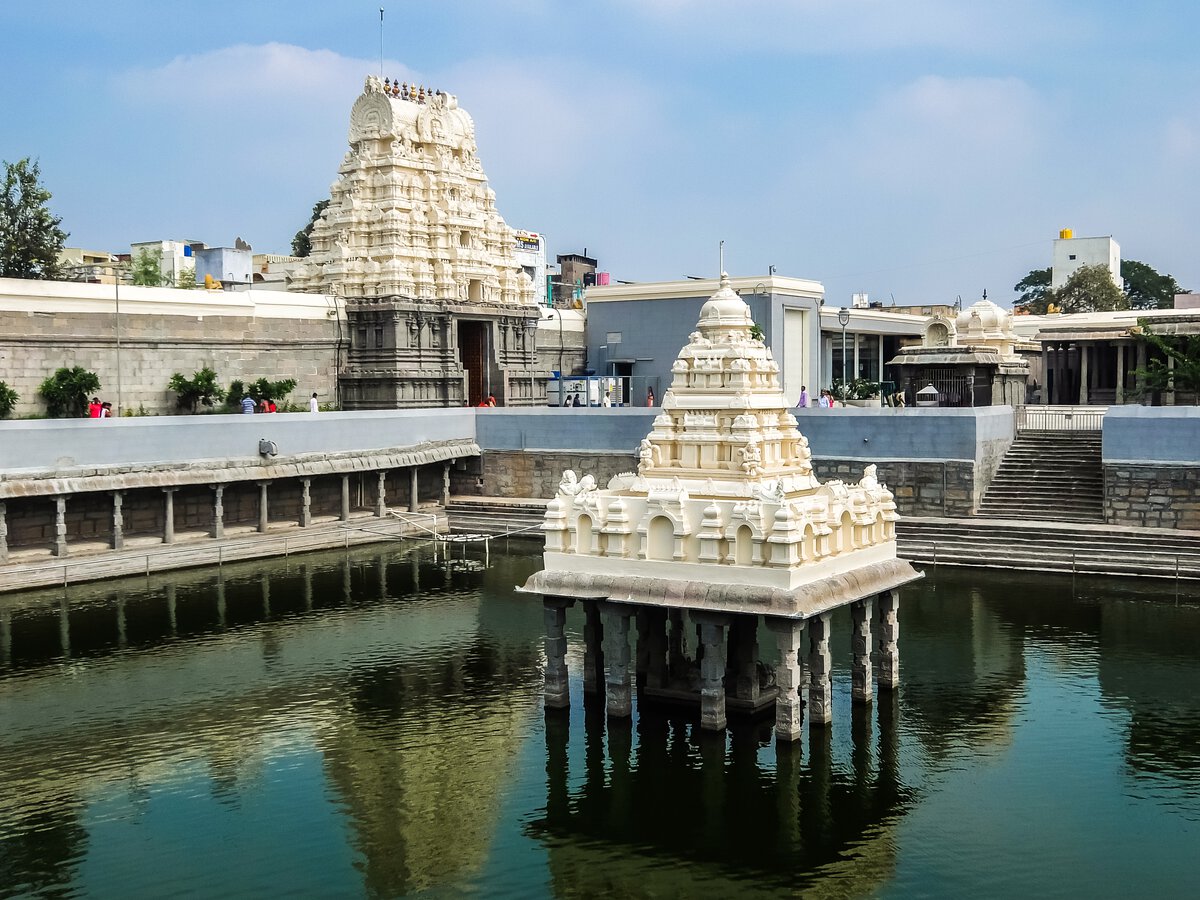
The Kamakshi Temple, dedicated to Goddess Kamakshi, is a prominent Shakti Peetha in South India. The goddess represents love and devotion. This temple is renowned for its golden flagstaff and intricate gopuram. The spiritual significance lies in its power to fulfil desires and grant marital bliss. Legend says that Adi Shankara established the Sri Chakra here. The annual Adi festival and the temple's association with the Kanchi Kamakoti Peetham add to its religious importance.
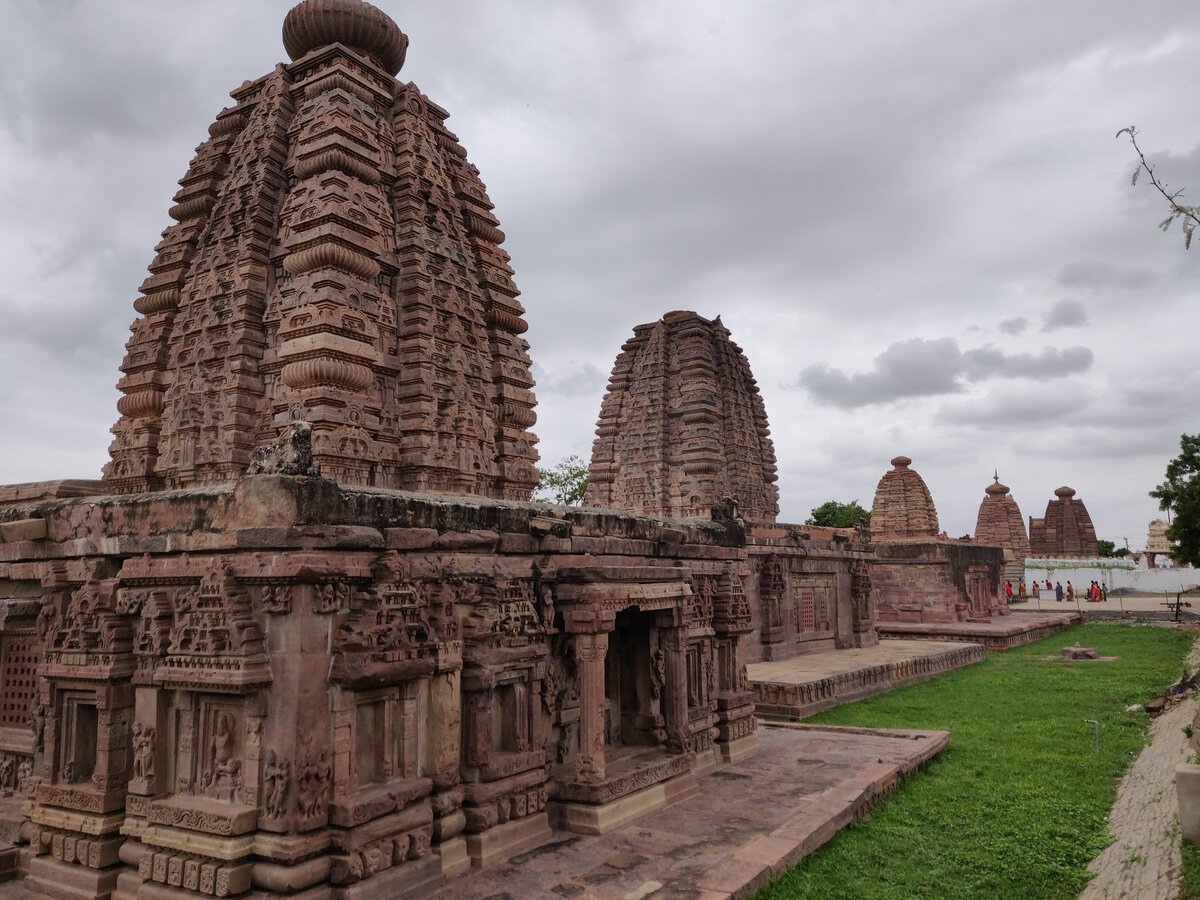
The Jogulamba Temple, one of the rare Shakti Peethas dedicated to Goddess Jogulamba, is located in Alampur. This temple is known for its unique depiction of the goddess in a fierce form. The spiritual significance lies in its power to remove obstacles and grant success. Legend says that the goddess appeared here to slay demons. The temple complex, known as the Navabrahma temples, features intricate sculptures and architectural marvels, making it a treasure trove of ancient Indian art.
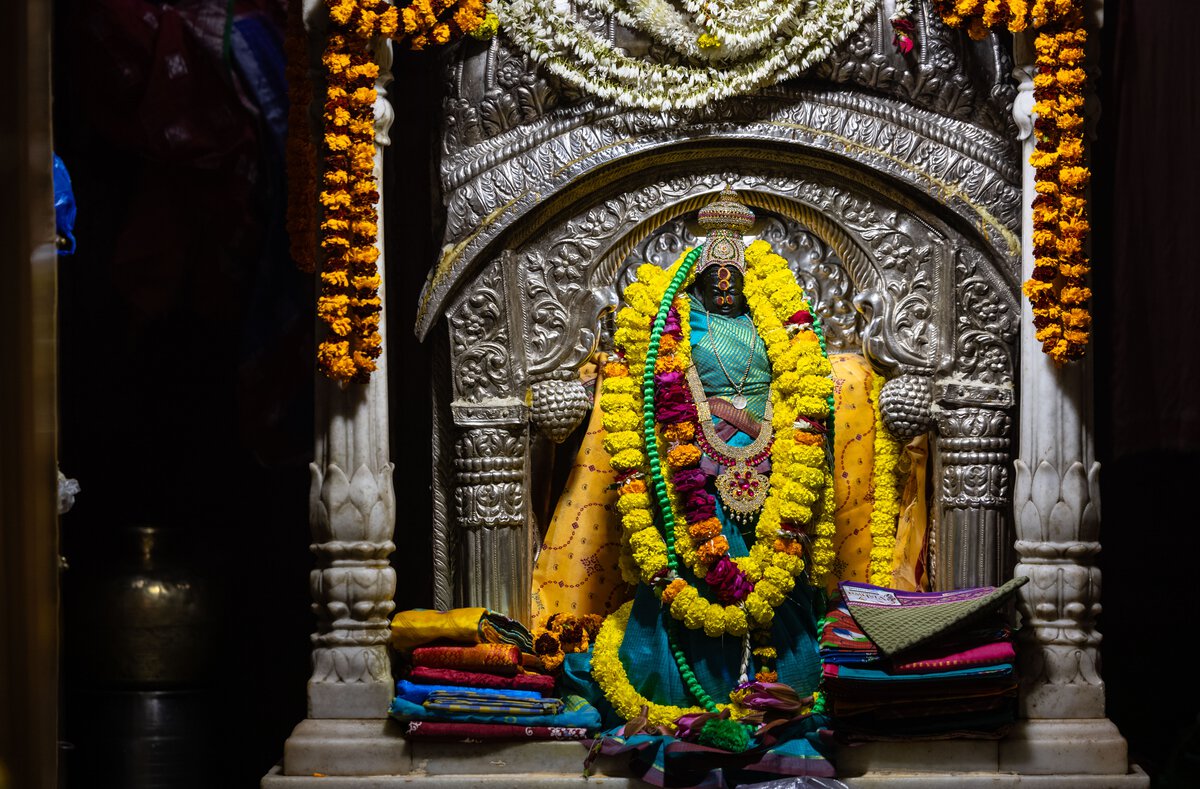
The Vishalakshi Temple, located in the holy city of Varanasi, is dedicated to Goddess Vishalakshi, meaning "the one with large eyes." This Shakti Peetha is associated with spiritual awakening and enlightenment. The temple's unique feature is its proximity to the famous Manikarnika Ghat. Legend says that Lord Shiva promised to always stay in Kashi with Vishalakshi, making it a highly revered site. The temple is known for its intricate architecture and the powerful presence of the goddess.
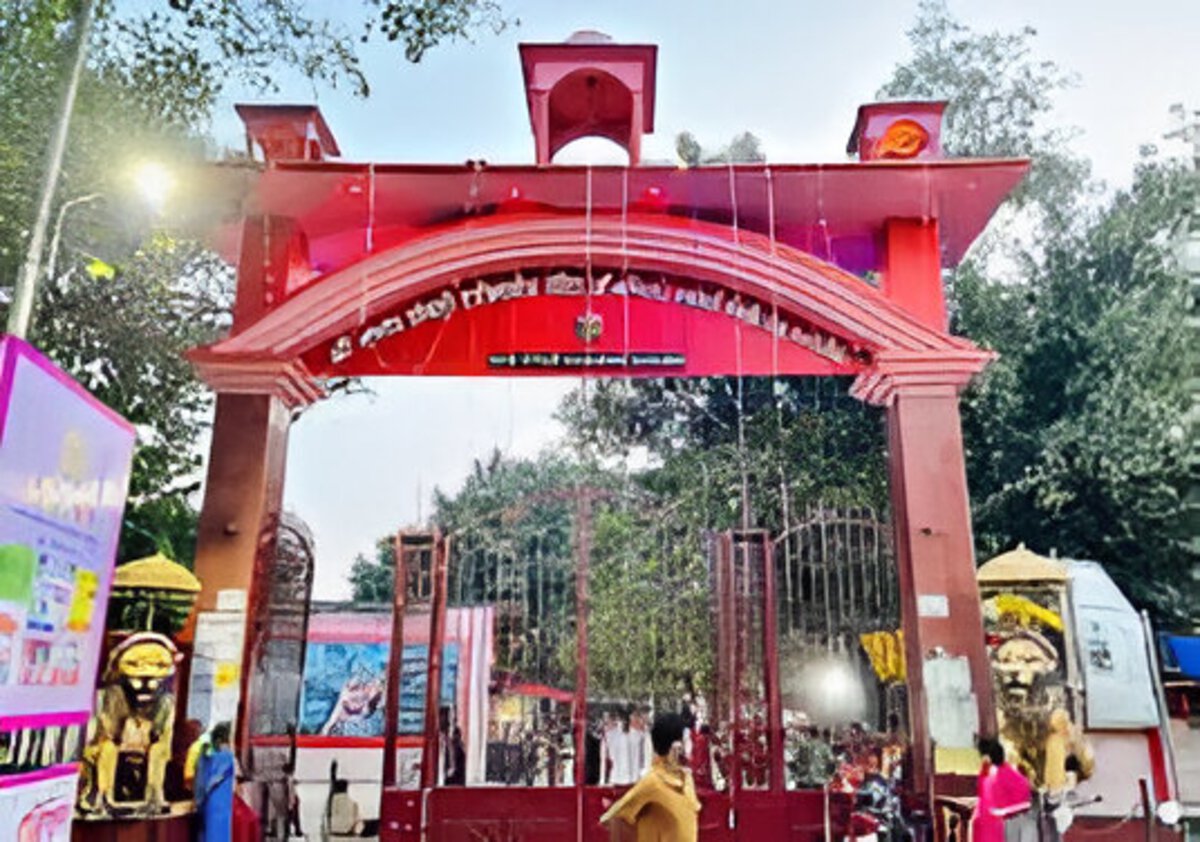
The Alopi Devi Mandir, considered one of the Ashta Dasa Shakti Peethas, is unique in its worship of an empty wooden cradle or 'Doli' instead of a traditional idol. The temple's name "Alopi" means "disappeared," referring to the belief that Goddess Sati's fingers fell and vanished at this spot. Located near the Triveni Sangam, it holds significant importance during the Kumbh Mela. The temple's spiritual significance lies in its connection to the formless divine and its power to bestow blessings. During festivals like Navratri, it attracts thousands of devotees. The absence of an idol symbolises the ever-present, invisible form of the goddess.
Shrikala Devi Temple
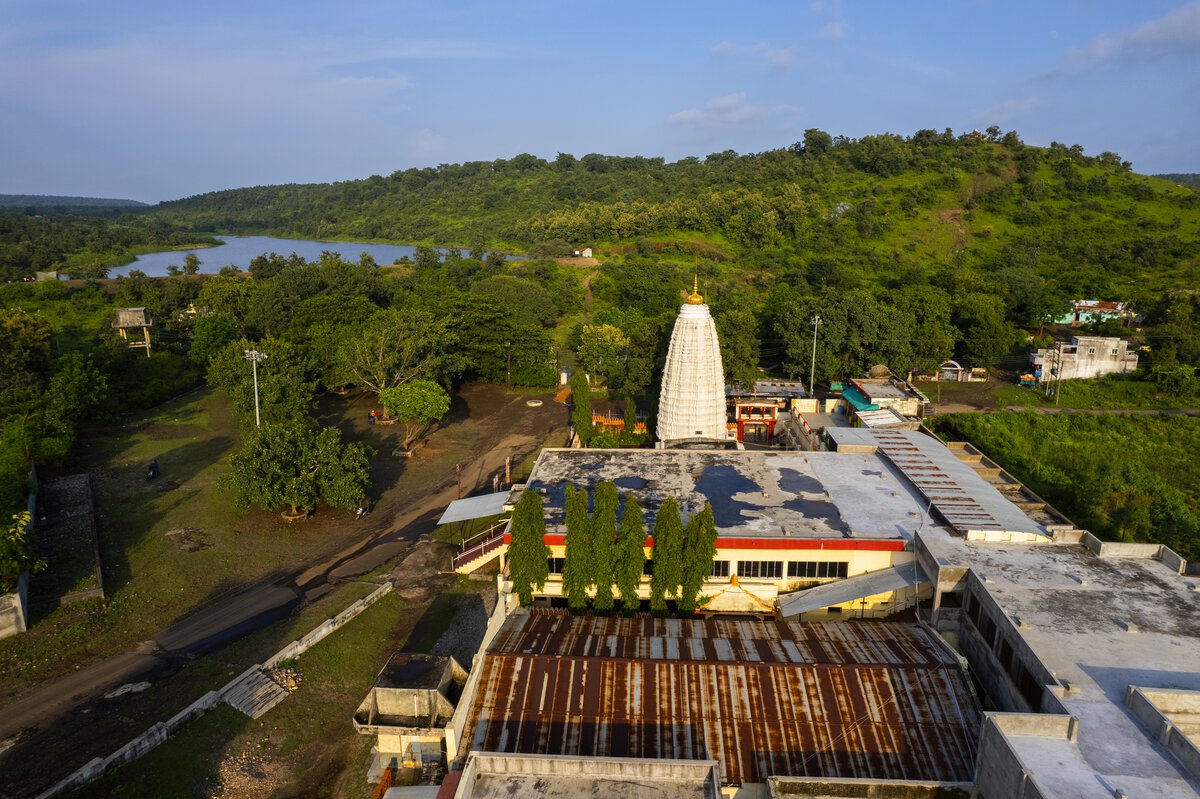
The Shrikala Devi Temple, located in Pandua, is dedicated to Goddess Shrikala. This Shakti Peetha is known for its spiritual energy and historical importance. The temple's unique feature is its association with Tantric practices. Legend says that the goddess appeared here to bless her devotees. The temple architecture reflects the Bengali style, with intricate terracotta work. Devotees visit seeking blessings for spiritual growth and protection from negative energies.
Sharada Peetha
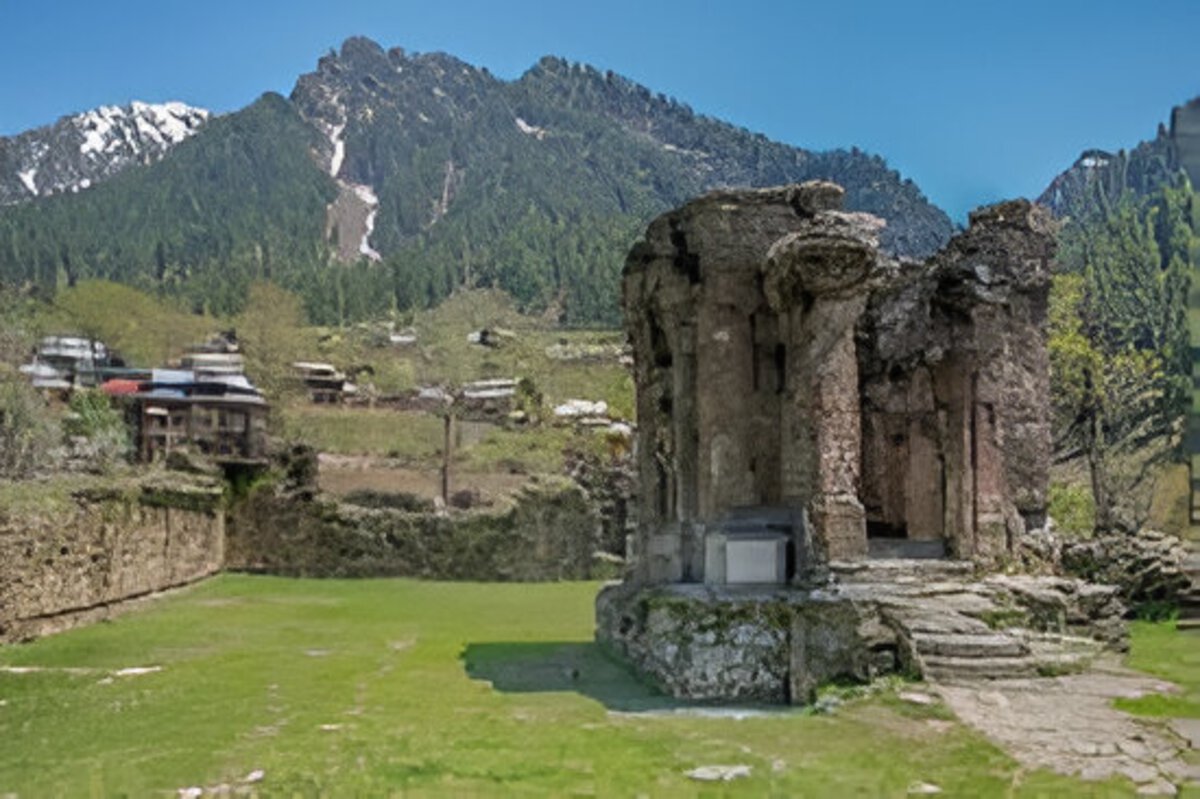
The Sharada Peetha, dedicated to Goddess Sharada (Saraswati), is currently inaccessible due to its location in Pakistan-occupied Kashmir. This ancient centre of learning was once a prominent Shakti Peetha and a renowned university. The temple's spiritual significance lies in its association with knowledge and wisdom. Legend connects this site to the origin of the Sharada script. Despite its current state, the Sharada Peetha continues to hold immense cultural and historical importance for Hindus.
Shankari Devi Temple
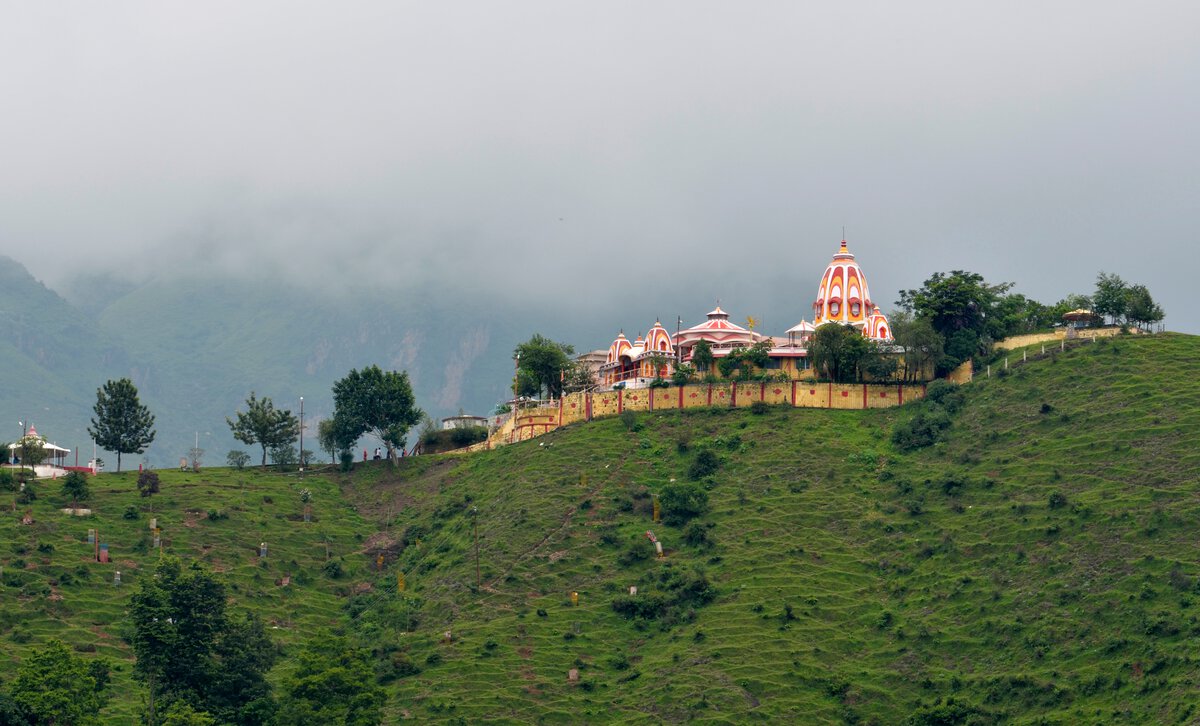
The Shankari Devi Temple, located in Trincomalee, is one of the few Shakti Peethas outside India. Dedicated to Goddess Shankari, this temple holds great significance in Hindu mythology. The temple's unique feature is its seaside location, offering breathtaking views. Legend says that the groin of Goddess Sati fell here, symbolising fertility and creation. The temple architecture blends South Indian and Sri Lankan styles. Devotees visit seeking blessings for harmony and spiritual growth.
The Shakti Peeths in India are not just ancient temples—they are powerful spiritual centres vibrating with divine energy. Each Shakti Peeth is believed to be infused with the sacred presence of Maa Shakti, offering strength, clarity, and blessings to every devotee who bows before her. These are places where the earthly meets the divine, and where prayers are answered with grace.
In Sanatan Dharma, Shakti represents the supreme feminine energy—the force behind creation, protection, and transformation. The Maha Shakti Peeth reflect this divine power in its purest form, making them vital stops on every spiritual seeker’s journey. According to the 18 Shakti Peethas list, each temple corresponds to a part of Goddess Sati’s body and is protected by Bhairava.
From the Kamakhya Temple in Assam to the Jwalamukhi Temple in Himachal Pradesh, every Maha Shakti Peeth has its own sacred story and powerful presence. Pilgrims visit to seek blessings, meditate, and participate in grand festivals like Navratri and Shakti Puja, which are celebrated with deep devotion and spiritual fervour.
A yatra to the Shakti Peeth in India is more than a pilgrimage—it is a soul-stirring experience. Devotees return with divine energy in their hearts and the grace of the Goddess in their lives.
Embarking on a spiritual journey to the Shakti Peethas is a deeply enriching experience, and choosing the right accommodation can significantly enhance your pilgrimage. Club Mahindra offers a selection of resorts conveniently located near several prominent Shakti Peethas, providing a comfortable and immersive stay.
Embarking on a pilgrimage to the Maha Shakti Peeth in India is a transformative journey that blends devotion with divine energy. These 18 Shakti Peeths in India, from the Bhramaramba Mallikarjuna Temple in Andhra Pradesh to the Shankari Devi Temple in Sri Lanka, offer profound insights into the mythology of Goddess Sati and the powerful forms of Maa Shakti.
Club Mahindra enhances this spiritual experience by providing comfortable, culturally immersive accommodations near these revered centres. Whether near the lush landscapes of Assam or the historic richness of Mysore, Club Mahindra ensures a memorable stay filled with hospitality and tranquillity, making each visit a deeply enriching spiritual encounter.
Mahindra Holidays & Resorts India Ltd. (MHRIL), a part of Leisure and Hospitality sector of the Mahindra Group, offers quality family holidays primarily through vacation ownership memberships and brings to the industry values such as reliability, trust and customer satisfaction. Started in 1996, the company's flagship brand ‘Club Mahindra’, today has over 290,000 members , who can holiday at 140+ resorts in India and abroad.